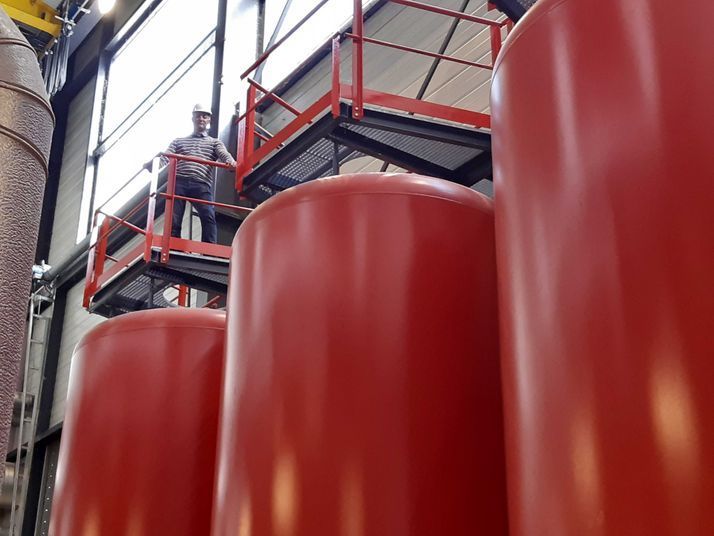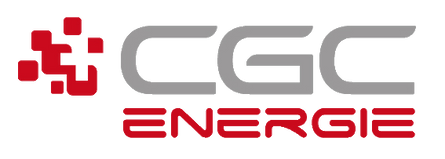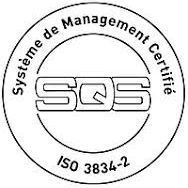District heating/cooling
CGC Energie constructs district heating/cooling networks and oversees their smooth running
What is a district heating/cooling network?
A district heating/cooling network usually consists of three elements:
The thermal power plant/pumping station: generates the heat/cold to be circulated
Pipework for conveying and distributing the heat (hot water, superheated water or water vapour) or cold (cold water)
Substations: supply points for the heat/cold. These form the interface between the district heating/cooling network and the building.
The heat required can be produced from a multitude of sources. The most common types of energy used in district heating networks are:
Biomass, usually in the form of wood (wood chips, reclaimed wood, pellets)
Geothermal (geothermal probes, groundwater, etc.)
Biomass, usually in the form of wood (reclaimed wood, pellets)
Heat recovery from waste (e.g. CADIOM, which sources its energy from the Usine d’Incinération des Ordures Ménagères des Cheneviers ).
Cold is generally produced from an inexhaustible renewable source:
Lake water (GeniLac cooling project from the Swiss Federal Institute of Technology (EPFL) in Geneva)
Sea water (SWAC – Sea Water Air Conditioning, CGC Energie project in Mauritius)
Groundwater
This can be complemented by cooling units.
We would be delighted to hear about your project and offer our expert advice.

Contact us
Reach us 24/7 on 022 869 06 00.
Our services
Discover what other services CGC Energie has to offer





